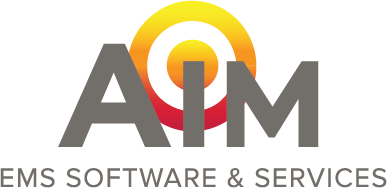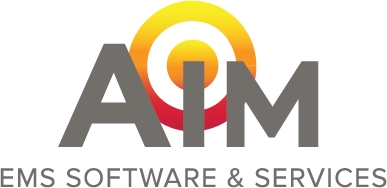
To keep pace with changes to health care reimbursement, EMS organizations need to reduce inefficiency in revenue cycle management.
More people than ever have health insurance under the ACA and, of those, many have Medicaid. With this shift, the average per run reimbursement is lower for many EMS agencies, and the climbing deductibles are making it even more challenging to collect from patients.
Additionally, modifications to the ambulance fee schedule have impacted EMS departments and have placed negative pressure on revenue. It's clear that the ACA has impacted EMS reimbursement in many ways, of which, these are only a few.
Read up! To learn more about the impacts of health care reform and to discover alternative funding sources for EMS agencies, read Areas of Potential Impact of the Patient Protection and Affordable Care Act on EMS, a study posted on the US National Library of Medicine National Institutes of Health website.
The days of Cadillac health care coverage are over
Although there may be more people who have health care, reimbursement remains a challenge due to the high out-of-pocket expenses like deductibles and coinsurance. The days of Cadillac coverage are over.
This means managing accounts receivable (A/R) is extremely important for EMS agencies. For A/R to be done right, it needs to be an automated process that manages invoicing, statements, warning letters, and collections flawlessly. On top of this, it needs to safeguard the standard for how each EMS agency handles hardship and bad debt.
Did you know? Both our EMS Billing Software and our EMS Billing Services can help decrease bad debt and increase revenue by improving claims processing and pursuing collections to help you receive all reimbursement you are contractually owed.
A couple of health care reimbursement challenges and changes on the horizon for EMS include—
- Risk-based models: Providers working with public and private payers can expect to face either lower fee-for-service rates or more demands to take risks, such as agreeing to care for a designated population for a set payment. EMS agency leaders should consider seeking partners who can help them increase efficiencies and avoid taking on risks that are outside of their control.
- Supplier vs. provider: There are ongoing efforts to shift ambulance services from suppliers of medical transportation to providers of health care which could lead to increased quality reporting, required standards of care, and value-based payments.
For more possible reimbursement challenges and changes, read 5 Changes to Health Care and How They Impact EMS posted by ems1.com.
Tips for managing pending health care claim reimbursement
Here are a few tips that may help your EMS agency manage pending claim reimbursement.
- Establish clear payment plan policies. Establish and manage payment plan policies as part of your pending bills review. Unlike medical providers, EMS agencies are unable to ask for or collect copays and deductibles before rendering service. A formal internal collection process is critical to financial health.
- Avoid sending outstanding A/R to collections. Often billers resort too quickly to the services of a collection agency and end up feeling the choice was a mistake. Evaluate your current aging process and determine if changes are worth making. Is your warning letter text effective? Would sending warning letters on different colored paper have more impact? Would adding another statement cycle improve results?
- Determine if negotiating payment will work for you. Some payment is better than no payment. Create scripts that billers can use when communicating with patients regarding payment. Test several different script versions. Measure which ones are the most successful and be sure to track outcomes.
Even with helpful tips in hand and EMS billing best practices on your side, sometimes the best way to adapt to health care reform and industry changes is to invest in a cloud-based EMS software that can help you with all of your needs and help you with industry pain points like unwanted policy change and compliance regulations.
How AIM's EMS Billing Software can help with health care reform reimbursement challenges
AIM's EMS Billing Software and EMS Billing Services help EMS agencies navigate their way around reimbursement challenges. Why worry about incorrect EMS billing codes or accidentally entering noncompliant information when you can have EMS billing software (or billing service, if you prefer!) that prevents it from happening.
Our EMS Dispatch, EMS Billing, and ePCR software solutions are designed to improve the quality of documentation needed to get paid quickly. Plus, our EMS billing experts, who have decades of billing experience, can help keep providers compliant.
Other articles:




